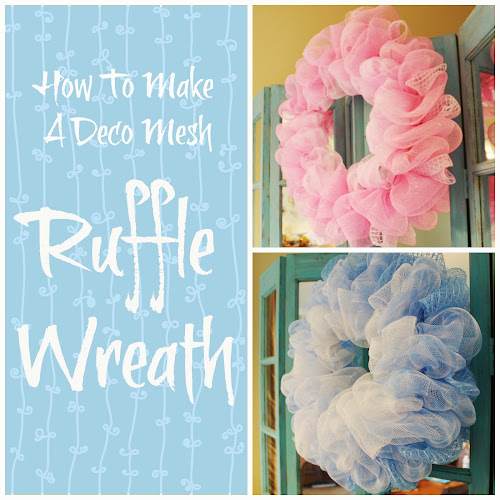A decor item that makes my heart skip a beat when I see
it is a vintage or antique seltzer bottle.
They can be pricey so I wanted to try to make my own (non-
working of course) with inexpensive craft items and saved bottles.
working of course) with inexpensive craft items and saved bottles.
I googled and also used Pinterest to find images of vintage
seltzer bottles that I liked. So much variety!
I used them as inspiration for attempting my own.
The original tops are metal...I'm gonna try to fake it.
seltzer bottles that I liked. So much variety!
I used them as inspiration for attempting my own.
The original tops are metal...I'm gonna try to fake it.
Armed with the images, clay, glue, bottles, wooden turnings
and paint, I start trying different techniques and products.
You might be able to use the clay alone to shape the tops of the
bottles but I thought that the wooden shapes glued together
would help give the clay more stability.
would help give the clay more stability.
For most of the bottles, I still had the tops that originally
came with them so I also glued the wooden shapes on the tops.
came with them so I also glued the wooden shapes on the tops.
You can mold your seltzer siphon shapes directly
on the bottle if you don't have the original top.
Now, about the clay...the air-dry clay (in the first picture, it is in
the big box) did not work at all. It cracked and was fragile.
The polymer clay worked much better. In the past, I have tried
to use a Sculpty polymer clay that was so hard right out of
the package that it was basically unusable to a novice like me
(without conditioning tools, etc.).
I did find a Sculpty clay for this project that is called
"Oven Bake" ($2.49) that is soft enough for even kids to be able
to mold it right out of the package. I also tried the Michael's
brand "Craft Smart Polymer Clay" ($1.89) that worked well.
My fake seltzer siphon tops are not as perfect as I envisioned
them, but from a distance they work as a decor item.
Here's how to give them a try yourself.
Flatten out a portion of the clay to about 1/4 inch thick.
(Pinch off some, roll it in a ball, squish it with your fingers
to soften it more, flatten the ball with your hands.)
Measure how the height and circumference of your bottle
cap (or top of bottle if you don't have a cap). Cut a piece of
clay a little bigger than your measurements.
Form this strip of clay around the top. Use your fingers to
blend the end of the clay or cut it off if it is much too much.
Make a snake of clay to go around the base of the vertical
part of the siphon. This will help make the "shoulders" shape.
Make a smaller strip of flattened clay to cover the snake.
Use your fingers to blend the end of the second strip to
itself and to blend the two strips together visually.
Make a thicker snake to form the nozzle of the siphon.
Look at pictures of vintage seltzer siphons and form your
clay into a shape that you like for the nozzle. You can use a
wire or a wooden skewer to make a hole in the end of the nozzle.
Attach the non-impaled end of the nozzle piece to the
vertical wooden pieces at an appropriate place on the siphon
by blending the clay onto the wood.
Look at the google and Pinterest pictures then form a
clay handle you like the shape of in the images.
Blend the clay on to the wood higher up and on
the opposite side of the nozzle.
clay handle you like the shape of in the images.
Blend the clay on to the wood higher up and on
the opposite side of the nozzle.
If you nozzle and/or handle are not holding their shape, you
could consider cutting a small piece of wire to embed in the clay.
Cover the rest of the wood with flattened out clay. Also blend
more clay onto the nozzle and handle to make them more a part
of the clay covering.
Smooth all of the pieces of clay together.
I had about half of the original package of clay (2 oz.) after
making the above fake siphon head so if you only wanted two
making the above fake siphon head so if you only wanted two
seltzer bottles, you could probably get by with one package of clay.
Some of the vintage siphon tops on the seltzer bottles have
a roundish part opposite the handle. I'm not sure what the
function of that is but maybe it is where a pin was inserted
to keep the siphon from discharging unexpectedly.
Here is the evolution of another siphon head using a wooden
turning (from the wood craft aisle) glued on as a handle.
When you get your top as close as you can to the look of an
original seltzer siphon, it is time to bake the clay in the oven.
original seltzer siphon, it is time to bake the clay in the oven.
If you have used a top, you can just take it off the bottle and
bake it separately. A trick to help the clay keep its shape while
it is baking is to support it with polyester fiberfill or batting.
Be sure to support especially the nozzle and the handle by
fluffing the fiberfill or batting under those parts. Stay close by
the oven during the baking. I did not have any problem with the
polyester catching fire but please keep an eye on it.
If you built the siphon directly on the bottle, it is OK to bake
the whole thing together. Support the clay part with the polyester.
Bake the top on 250 degrees for about 20 minutes. Take it out
and let it cool. If it is not hard enough it is OK to cook it more.
On that low of a temperature the plastic top did not melt either.
One big mistake that I made was to use a synthetic wine cork
for one of the uprights on the siphon...it DID melt in the oven.
A real cork did NOT melt. Don't use the same polyester cushioning
for more than two baking sessions...it needs replacing.
If something falls off during or after baking, you can glue it
back together before painting.
I don't know what metal the original siphons are but they are
usually a silver color so painted mine with silver acrylic paint.
After the main color dried, I dabbed on some watered down
brown acrylic paint to give it a more aged look.
I used saved green bottles with the labels soaked off for my "collection" but blue and even
clear bottles are also common for vintage seltzer bottles.
For now they fit in with my St. Patrick's Day decor but
I plan on using all over the house later on.
Working out how to make the siphon tops did take some time
but the clay, wood and paint were easy to get at the craft store








